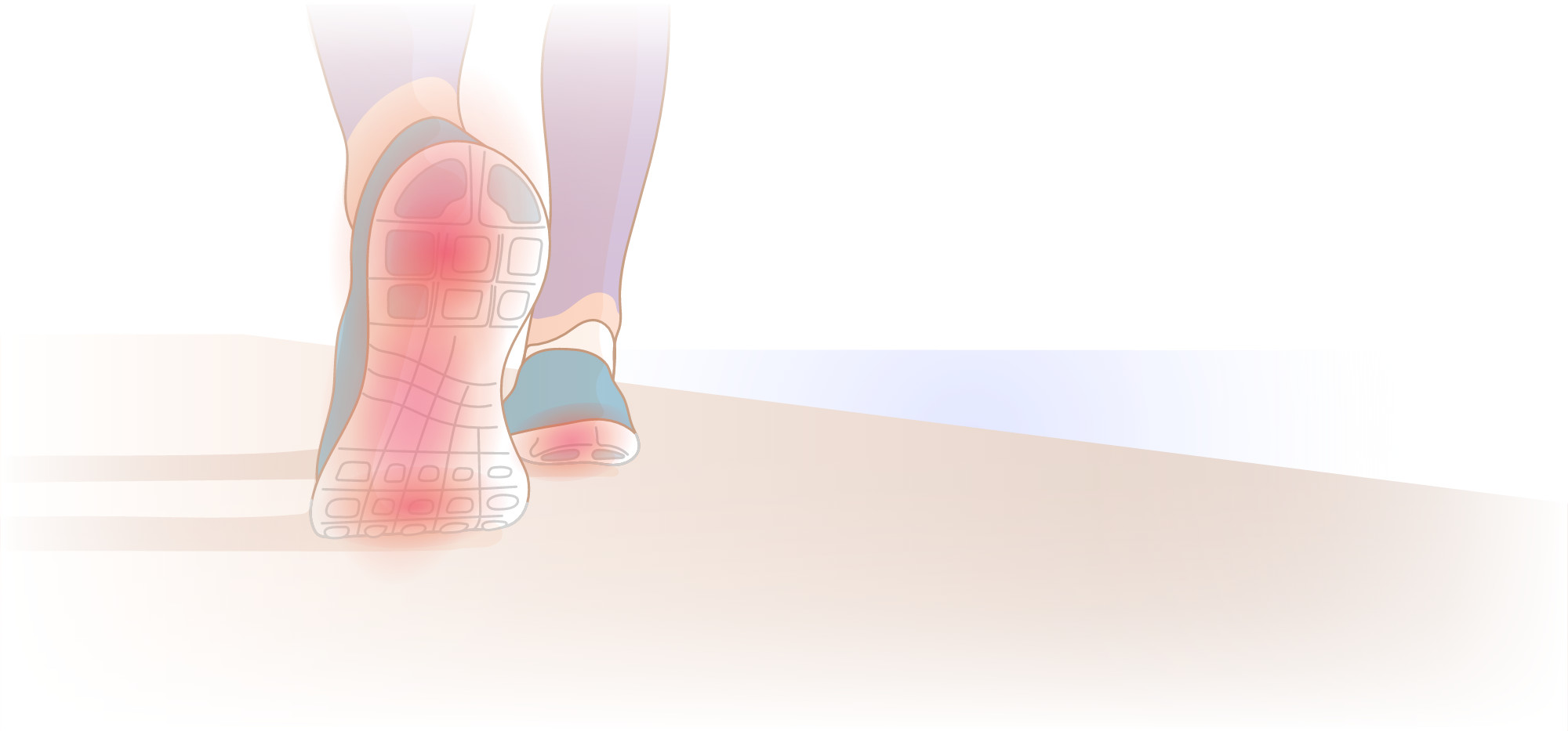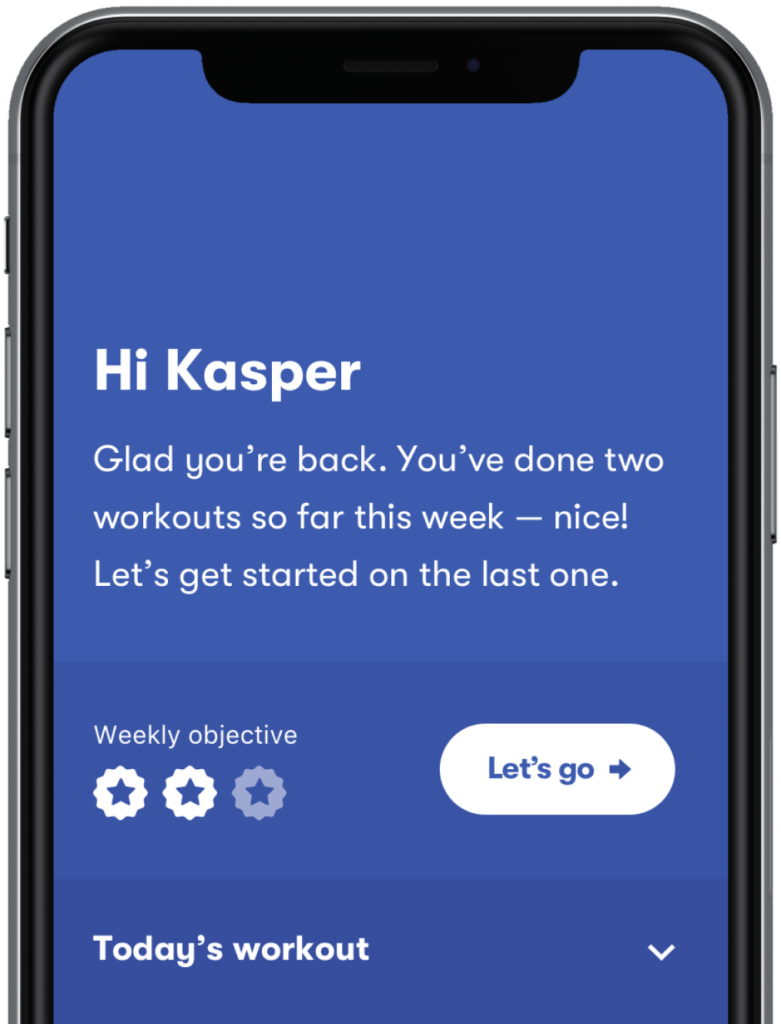How to Tackle Foot and Heel Pain as a Runner
Every runner, whether beginner or professional, is highly likely to experience foot and/or heel pain at some stage. Foot pain plagues every runner. You know that feeling when it feels like you’re walking on broken glass! Often, this will turn out to be a symptom of plantar fasciitis, an inflammatory condition that can interfere with your training and affect your performance. This condition accounts for as much as 8% of all running injuries.
And while plantar fasciitis is the most common, there are other causes for foot pain that you shouldn’t ignore. We’ll show you how to identify the cause of your foot pain. And then help you prevent it so you can enjoy your run.
If you have plantar fasciitis, then there’s no reason to fear. The good news is that foot injuries don’t need to spell the end of your favorite sport. If caught early, plantar heel pain, as well as the other symptoms of plantar fasciitis can be addressed through several treatment solutions, most notably targeted physical exercise.
Foot Pain: Prevention
- Select proper footwear. Get yourself professionally fitted. If you have low or high arches, consider wearing insoles. Make sure you have footwear that isn’t too tight, small or narrow. Lace-up the right way. Too often we lace up too tight to ensure that we don’t trip over our laces. Lace up right; not too tight, not too loose.
- Correct your gait: Make sure your walking pattern is correct. Often our gait is affected by our arches, your posture, joints, and bones. If there’s a deficit in any of these, then your gait can be affected. So correct the way you walk.
- Running technique: Have someone evaluate your running technique. The wrong technique can affect your foot and cause stress fractures.
- Socks: Wear comfortable socks and change them after every run. Wet, sweaty socks tend to make you more prone to fungal infections.
- Warm-up: Before every run, warm up your muscles. Get the body temperature up. Your muscles have to be primed and flexible before they take on sudden bursts of exertion.
- Flexibility and strength training: You have to train your muscles and ligaments to become flexible.
- Build up gradually: Overuse and sudden increases in training push your ligaments to the limit. While your muscles may grow, the ligaments may not have adapted and so you need to intensify your run slowly. This will allow your tendons, ligaments, and fascia to adapt to the requirements of the growing muscle.
Causes of Foot Pain
Foot or heel pain can occur for a variety of reasons. The first being that you’re anatomically prone to them. This could be because of the way your foot arch is shaped. The foot arch is a shock absorbing structure. Flat-footed people have more pain because their arches aren’t being held up by the tendons. It’s just the way you were born.
It could also be a gait problem. If you have a weird way of walking due to joint deformities or other arthritis, it can cause foot pain. Or it could simply be that your technique is faulty. You may have chosen the wrong shoes. There’s a myriad of things to investigate when you have foot pain. However, depending on which part of the foot is affected, it’s easier to identify the cause of the foot pain.


